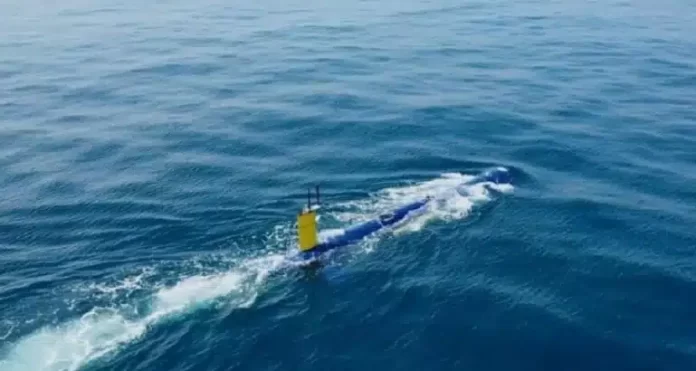
Manned submarines could become a thing of the past as undersea warfare hots up and technological developments allow drones to take over, Forces Net report.
Blue Whale is an Israeli-developed autonomous submarine designed for navies wanting to move away from manned platforms doing dangerous tasks.
Its capabilities include detecting undersea vehicles and submarines, and conducting ISR (intelligence, surveillance and reconnaissance) missions ahead of potential amphibious landings.
Blue Whale is not new, having already conducted thousands of hours of operations, but until relatively recently the subsea domain has not had the attention of space or land.
That has now changed though, as adversaries recognise the disruption that can be caused by attacking telecommunication cables and energy pipelines on the seabed.
Malcolm McKenzie, the director of Maritime Elta UK, says attention needs to be focused on this threat to national security.
Speaking to Forces News, he said: “As we see a resurgent Russia, a belligerent China and navies around the world investing in ASW (anti-submarine warfare) technologies, it is absolutely vital that the Royal Navy and her Nato partners invest in ASW detection sense capabilities.”
The UK’s first crewless submarine, Cetus, is due in service within the next 12 months.
According to the Royal Navy, it will be the length of a bus and the largest and most complex crewless submarine operated by any European navy.
The US navy recently took delivery of its first autonomous submarine, dubbed the Orca, which has a large payload and is capable of long-duration critical missions.
Meanwhile, Elta is continually working on Blue Whale, updating it with the latest technology.
This has been put forward for the Royal Navy to consider under Project Charybdis, which is looking to improve the service’s ASW capability.



